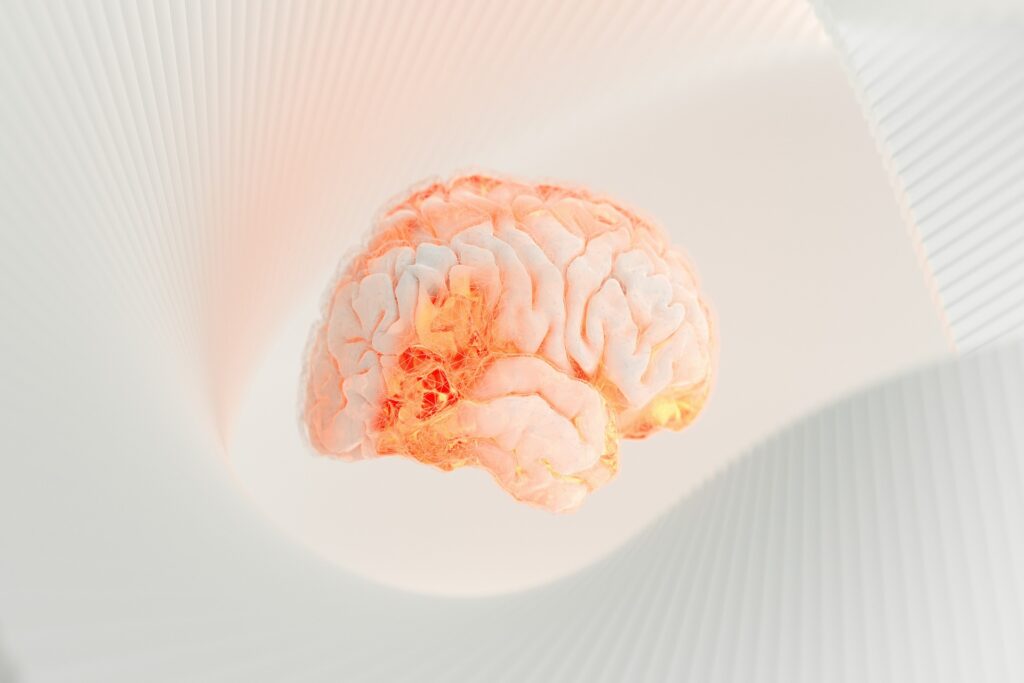It wasn’t long ago that many people thought of artificial intelligence (AI) as something they only saw examples of in science-fiction novels or films. However, it’s now frequently used for applications ranging from meteorology to marketing. The technology is making a significant impact in health care, too. Here are four exciting examples of AI in the medical field.
1. Improving the Assessments of Stored Blood
Medical experts know that the viability of stored red blood cells deteriorates according to the time spent outside the body. In most nations, it only takes six weeks for the blood to become unusable. Researchers wondered if AI could cut down on the time required for lab technicians to assess available blood’s suitability.
They trained a neural network on 40,900 images of blood cells first. The next step was to create six categories for the AI to use when labeling a sample. The algorithm agreed with human assessments of blood 77% of the time. Even when humans assume the sole responsibility for examining donated blood, they only reach agreements 83% of the time, the team found.
The next phase involved exposing a neural network to 1 million uncategorized pictures of red blood cells arranged by the duration since collection. Based on that input, the AI eventually learned to spot the individual features associated with healthy cells versus unhealthy ones.
Humans will likely be part of the crucial blood assessment process for the foreseeable future. Before long, however, it may become more common for computers to provide input, too. If so, the process of checking blood could become more consistent and efficient.
2. Enhancing Patient Experiences and Outcomes
Many improvements caused by AI in the medical field concern better patient engagement and overall experiences. For example, artificial intelligence can analyze a hospitalized person’s chances of developing sepsis, giving health care professionals the insights they need to make prompt, lifesaving decisions.
Hospital administrators are also getting on board with using AI chatbots. Members of the public can use them to book or reschedule appointments, find the nearest place to get the care they need and receive other crucial details without having to wait and talk to a receptionist by phone.
It’s also becoming more common for physicians to recommend that patients use wearable devices that make it easier to track symptoms. Many of those products feature AI working in the background to spotlight trends and help doctors make more appropriate decisions.
AI can give doctors a window into patient compliance, too. For example, a person may receive orders to take a medication with food twice a day, but how can their treatment team members know if they follow those instructions? Some companies offer artificial intelligence-powered compliance apps that send reminders to patients throughout the day. Others are even more advanced and use a person’s smartphone camera to verify that they have taken the pills as prescribed.
As more health care professionals and organizations explore how to apply AI to patient care, you can expect to see more applications of the technology — including some you probably hadn’t imagined. However, understanding patients’ needs and tech-savviness are crucial. Needing medical care is often overwhelming enough without spending valuable time learning how to use a new app.
3. Making Electronic Health Records More User-Friendly
Before electronic health records (EHR) arrived, people excitedly discussed how the technological advancement would facilitate patient care and help doctors do their jobs better. The reality is that EHR platforms often fall short of user-friendliness, but AI could help.
In one study that assessed two of the largest EHR platforms on the market, doctors had to make as many as 42 clicks when tapering steroid doses and entering the final amount in medical records. Other investigations showed that of all the time spent interacting with a patient, doctors may use most of it tweaking that person’s record.
Much of the information contained in an EHR is not in a format compatible with AI algorithms. However, health care providers could use the technology in another way by relying on artificial intelligence tools that record what happens during a patient visit and import the data into an electronic record.
Doctors would still need to check it for accuracy, but they save clicks and keystrokes. Tools could also import the data to lab test orders or medical billing forms.
Engineers at Google also explored whether readily available voice technologies could help physicians save time and reduce the frustration they feel when working with electronic records. Such research is worthwhile because it could increase overall adoption rates of AI in medical field applications later. If health professionals can use tools they already know well, productivity rates should rise.
4. Reducing Instances of Health Care-Acquired Infections
Statistics indicate that approximately 1 in 31 hospital patients contract infections in those facilities each day. Keeping the rate down requires a team effort, and there is no single solution. However, AI could go a long way in maintaining excellent compliance with the measures in place.
One solution currently used in India can detect whether a person wears masks, gloves and other protective equipment when working with patients. The company that developed that tool is expanding its offerings to apply AI to intensive care units and to monitor whether staff members wash their hands properly.
Perhaps the most crucial factor of this way to use AI in medical field settings is that it helps the parties responsible know where problems lie. They may otherwise rely on impractical approaches, such as just happening to catch someone not abiding by the process for cutting infection rates.
If a tool also has analytics showing a breakdown of how individual workers behave, it becomes easier to give praise or corrective coaching as appropriate. Compliance experts can then understand whether certain departments have more problems than most or which rule-breaking instances occur most often.
AI in the Medical Field Grants Countless Opportunities
These four examples show there is a wide variety of possibilities when people explore how to apply AI in medical field improvements. Allowing enough time for organizations to learn and get used to the innovations should cause the best results.
Recent Stories
Follow Us On
Get the latest tech stories and news in seconds!
Sign up for our newsletter below to receive updates about technology trends














